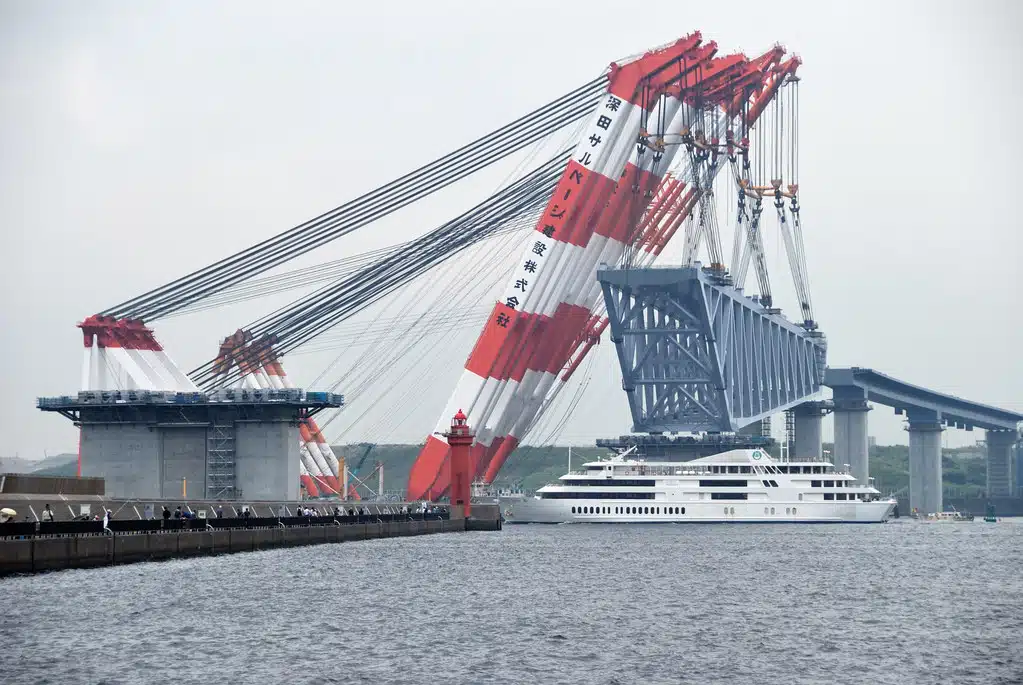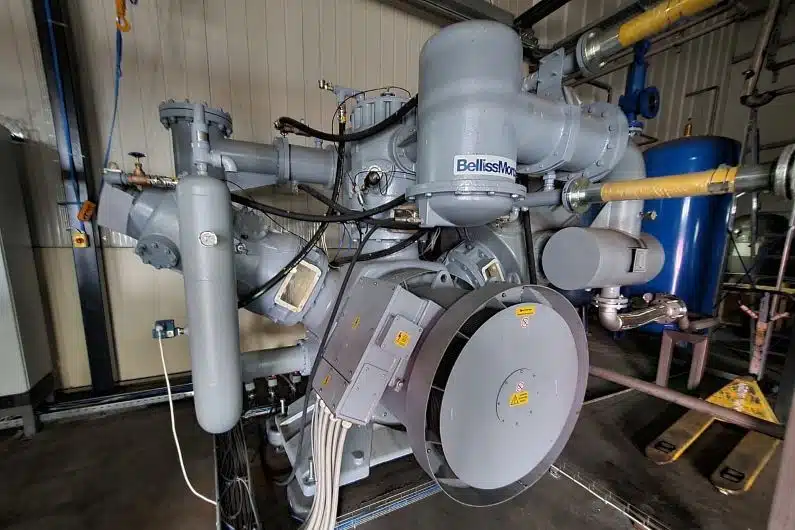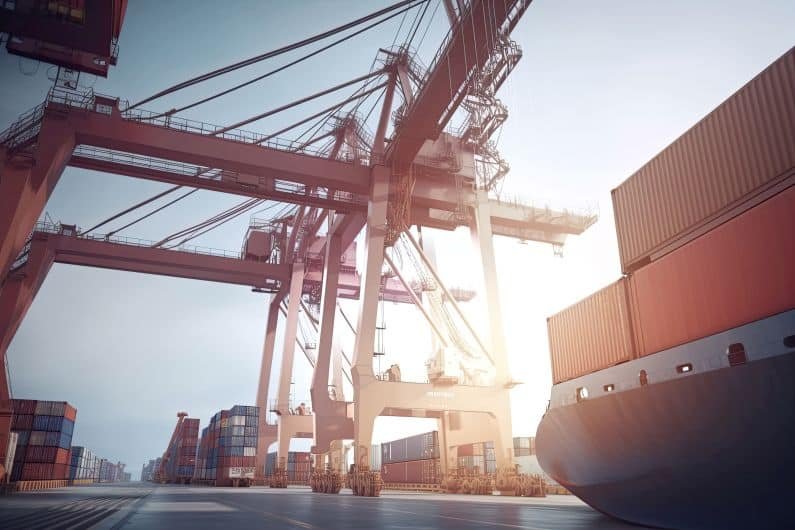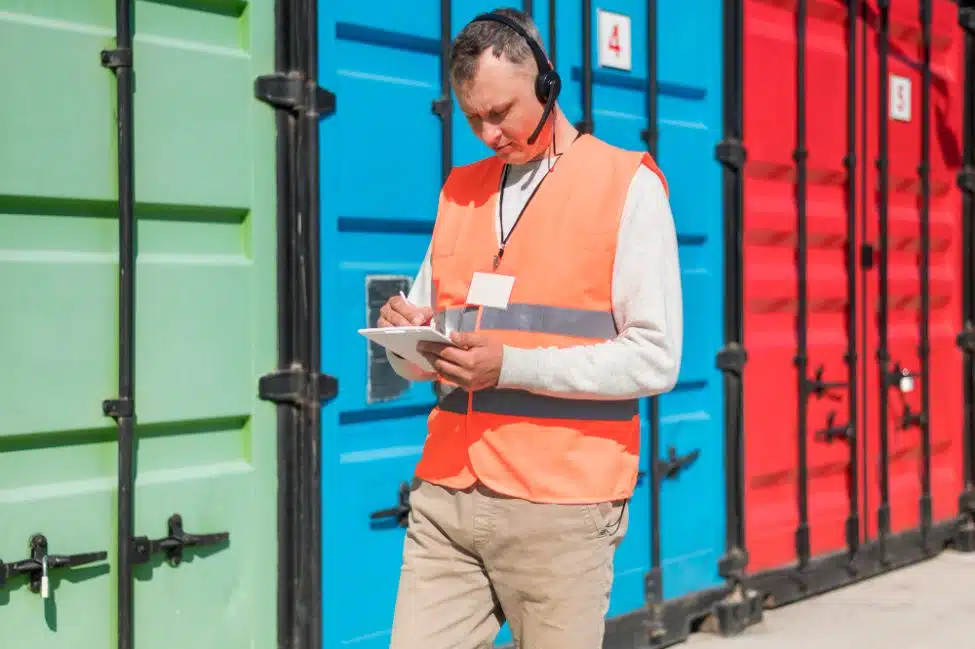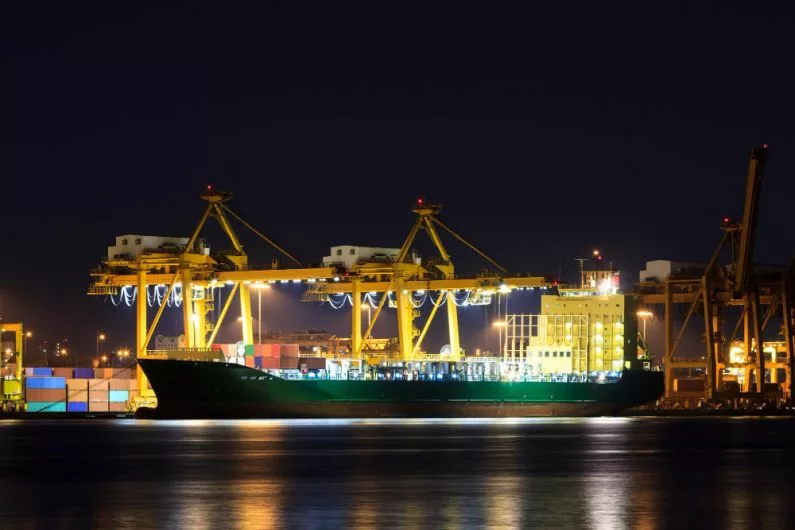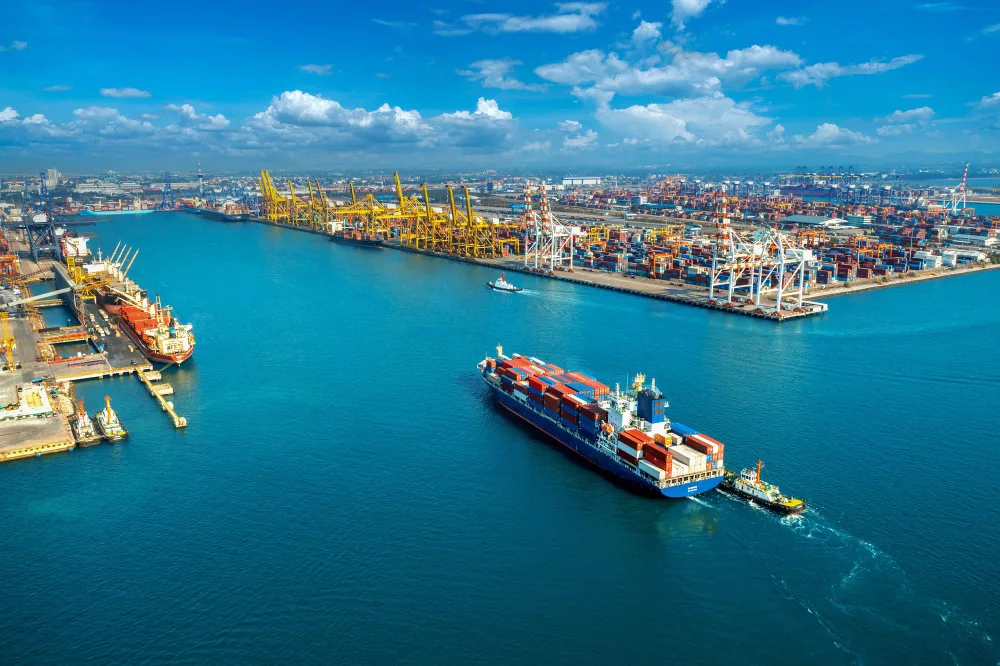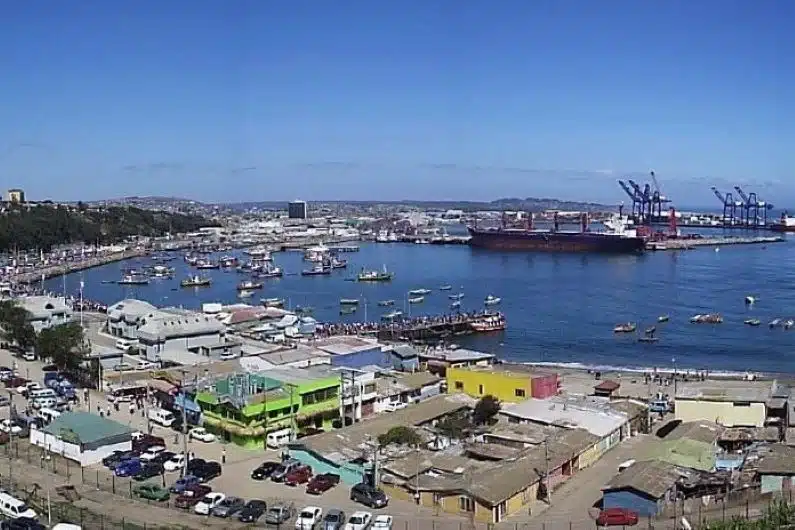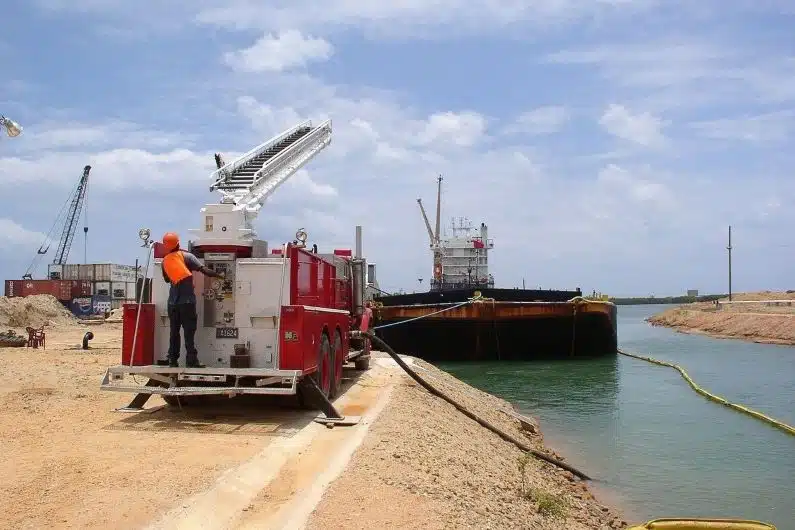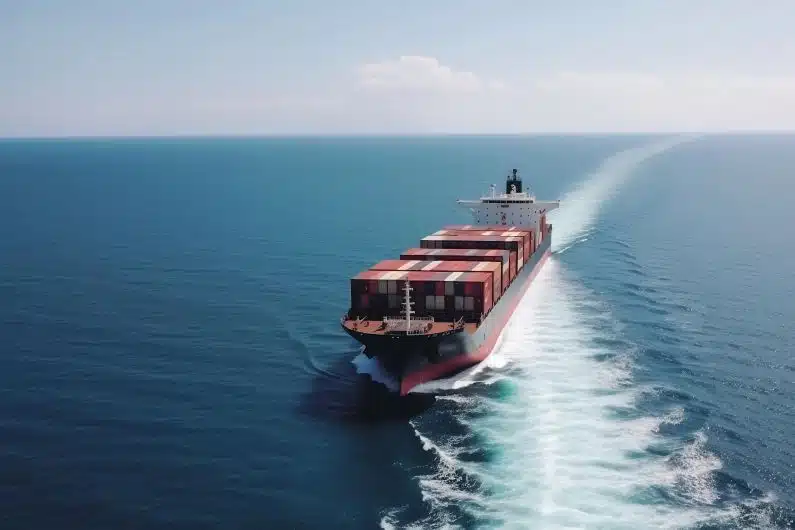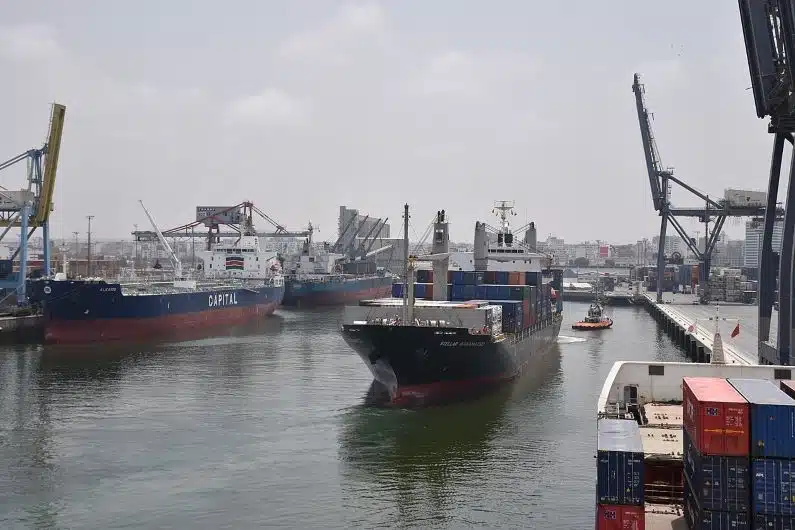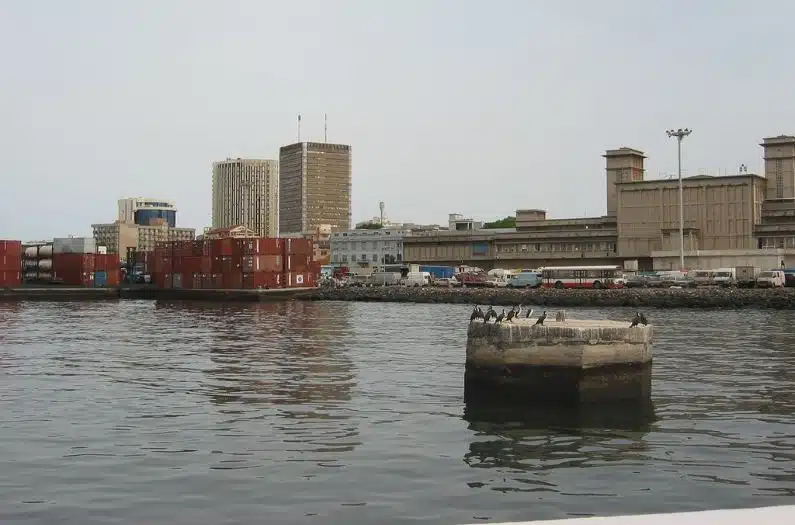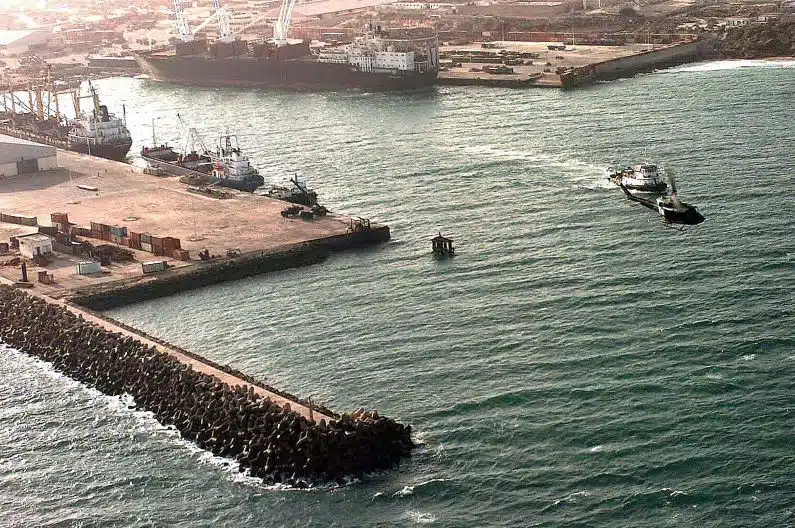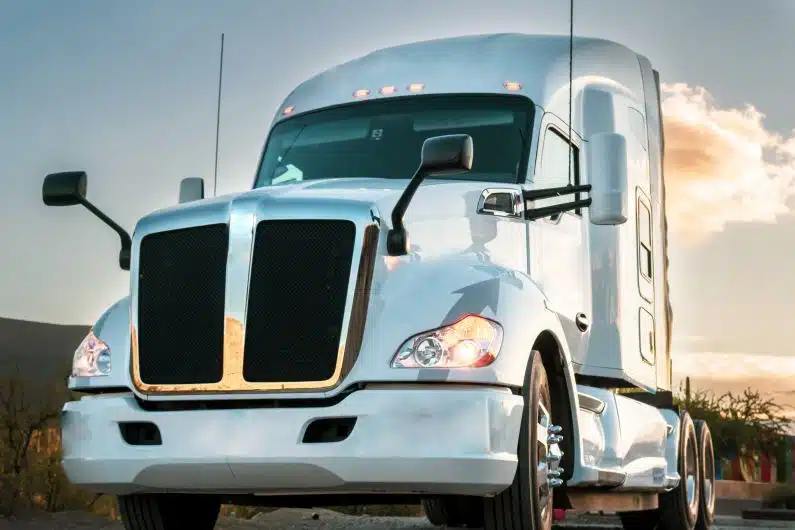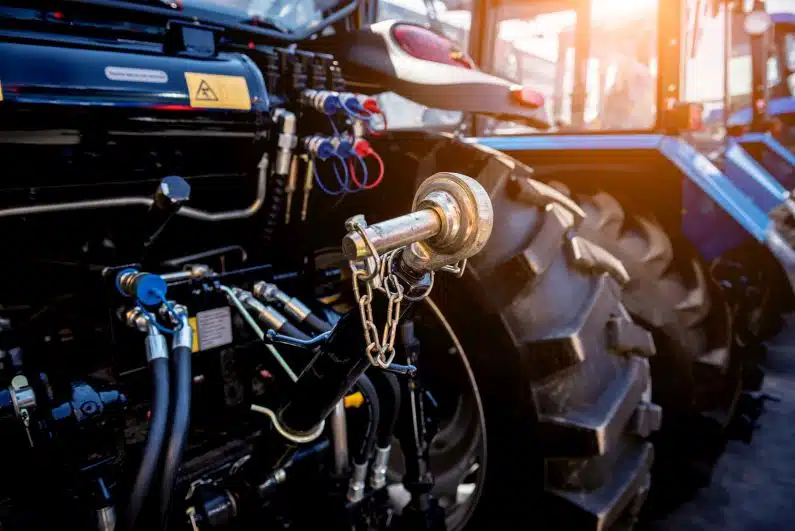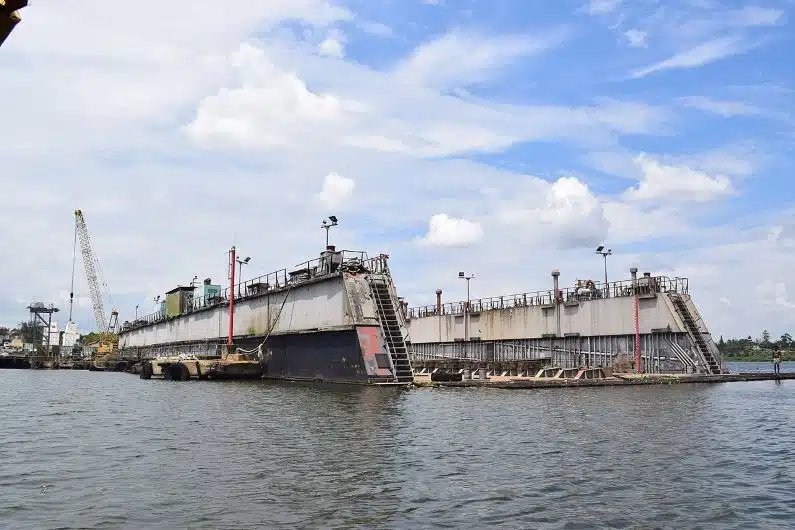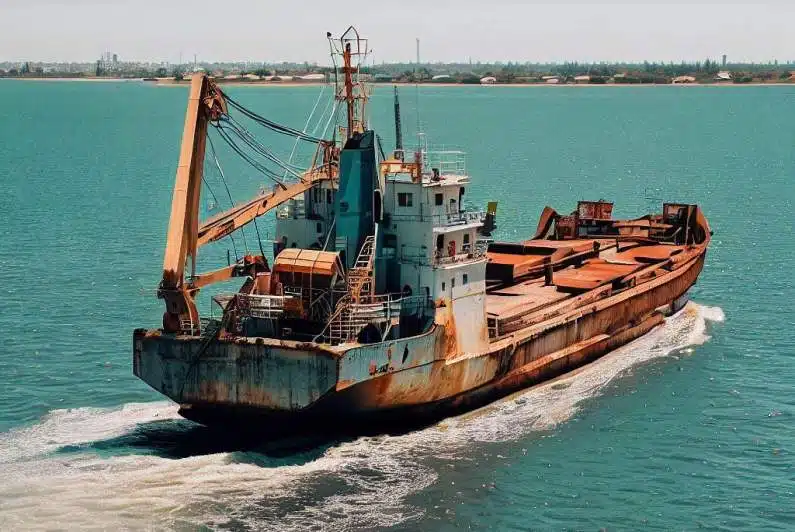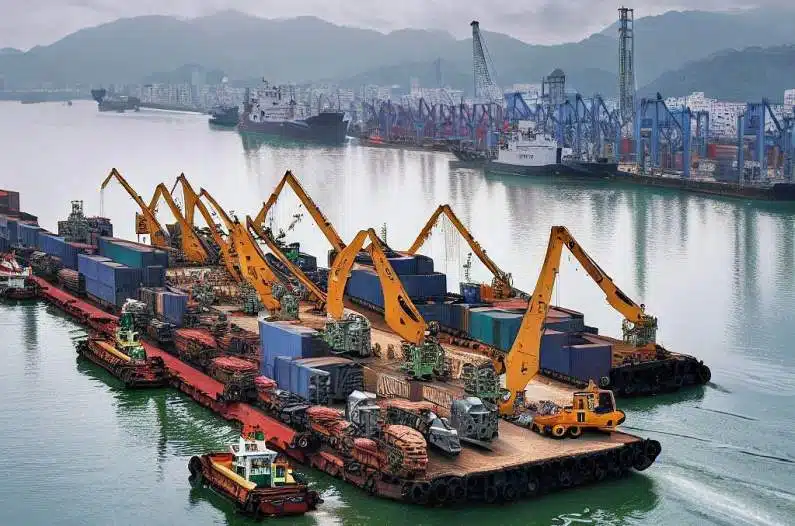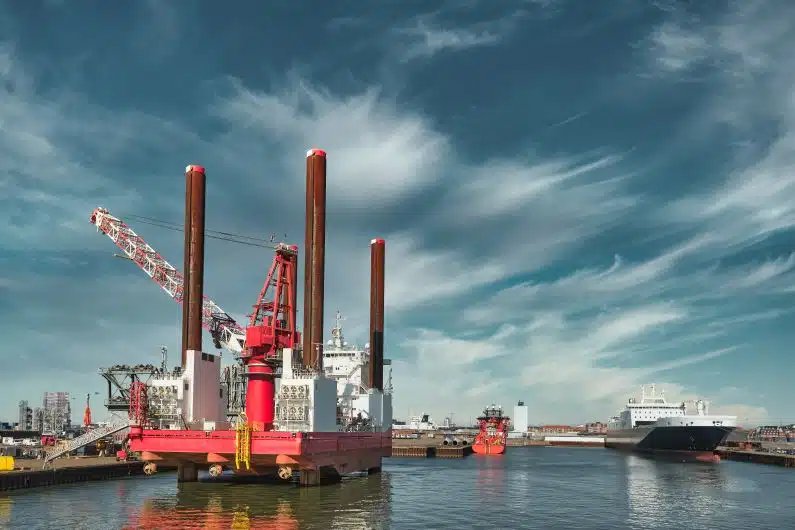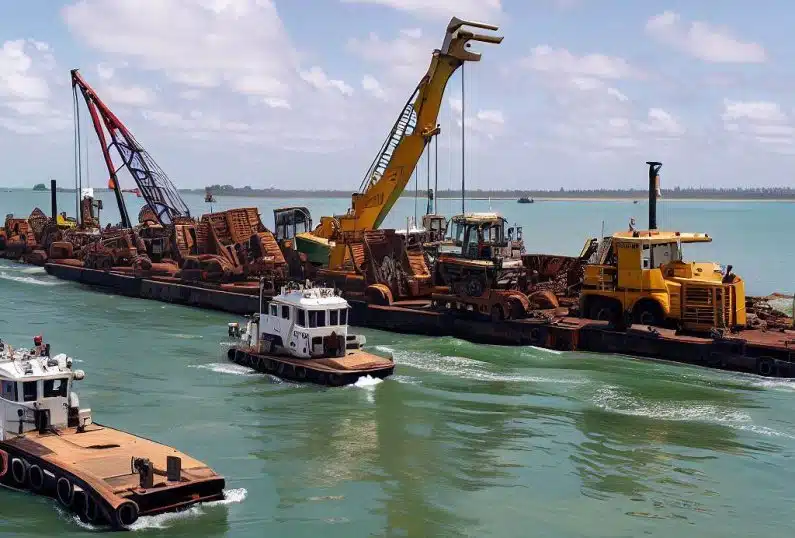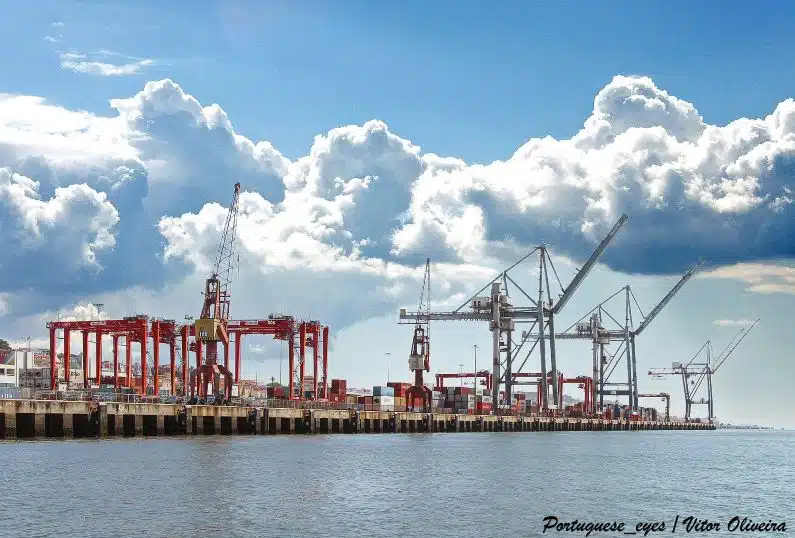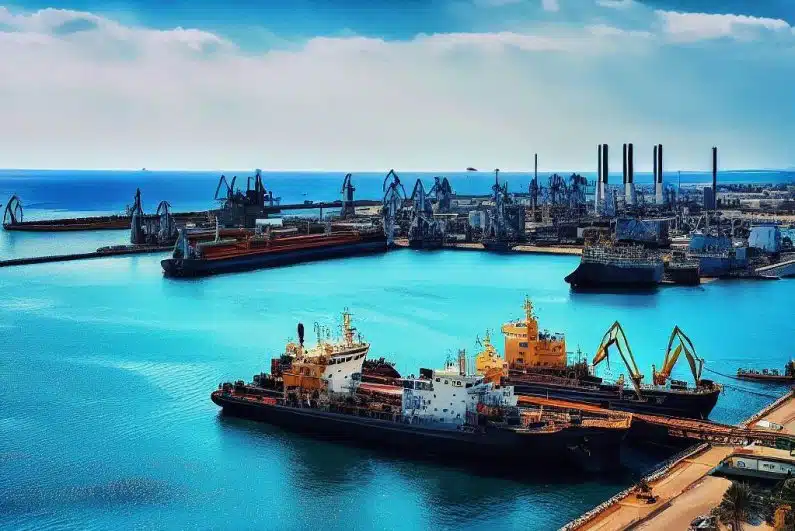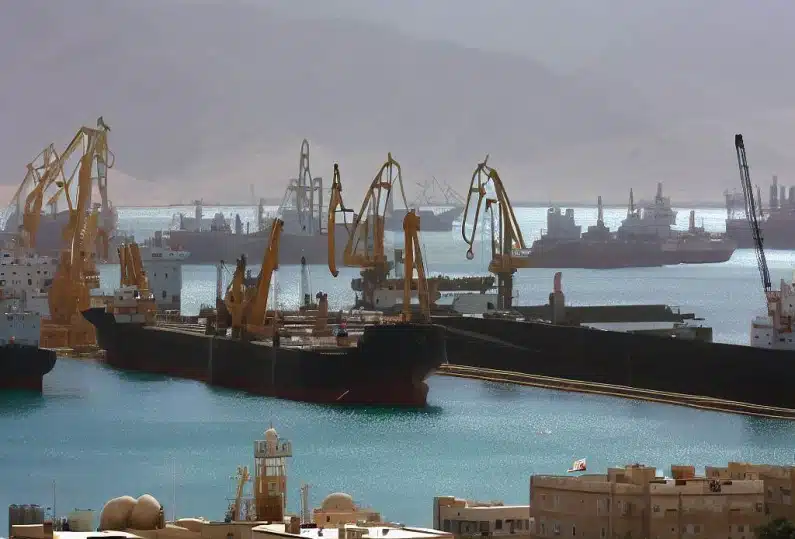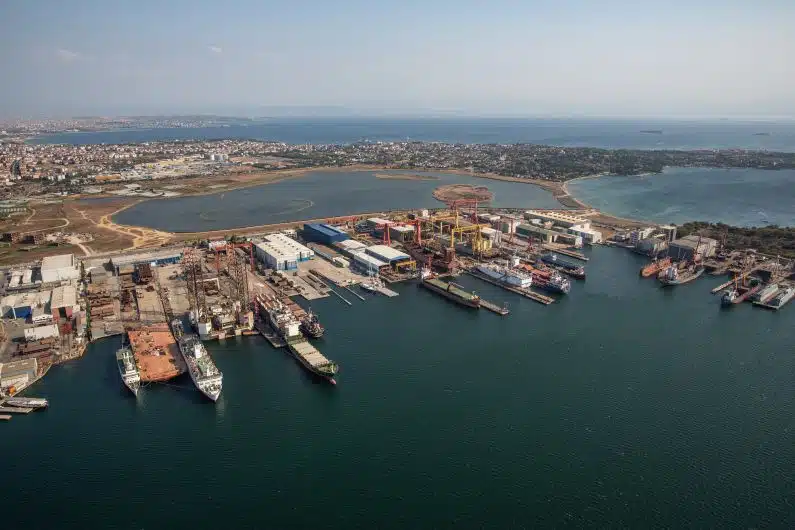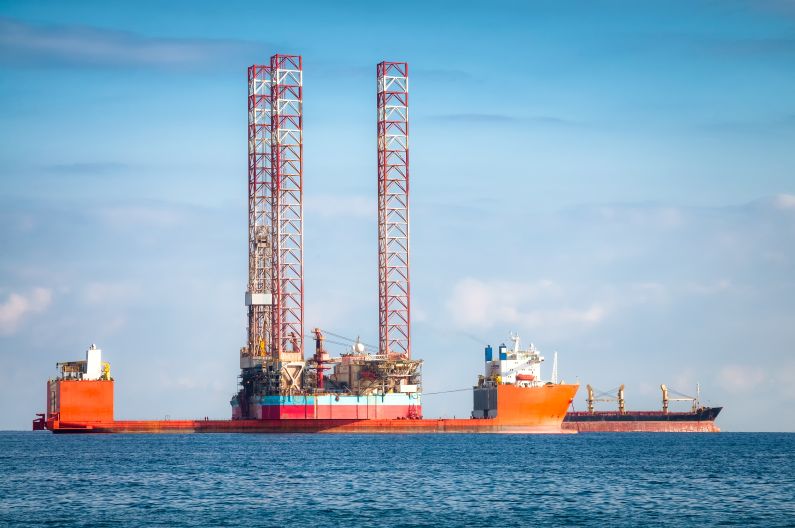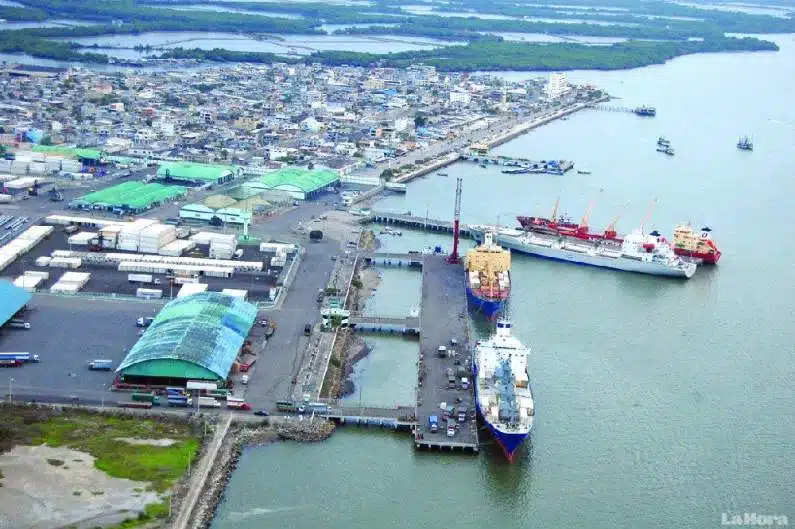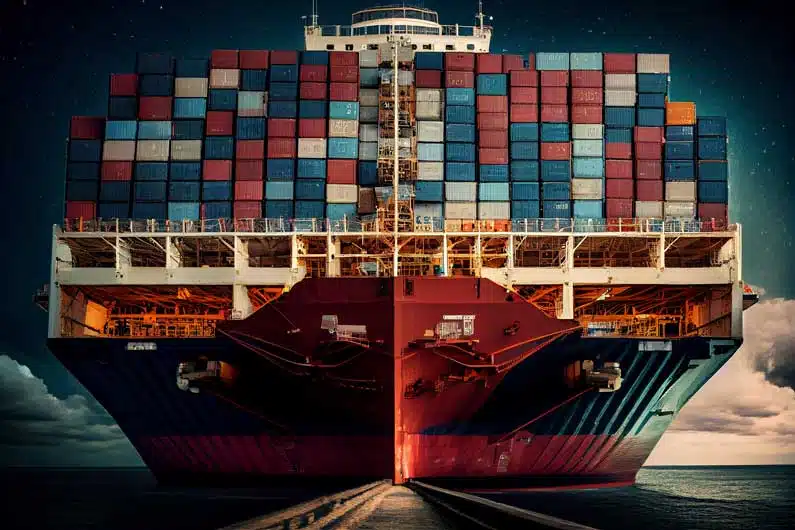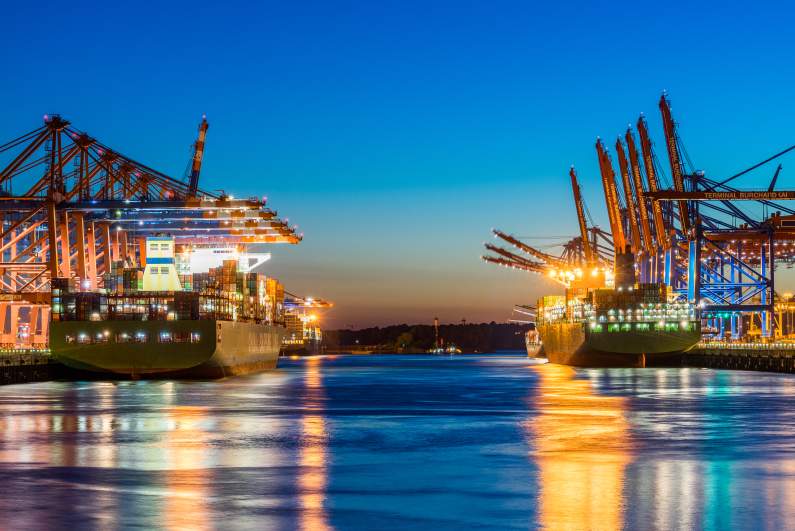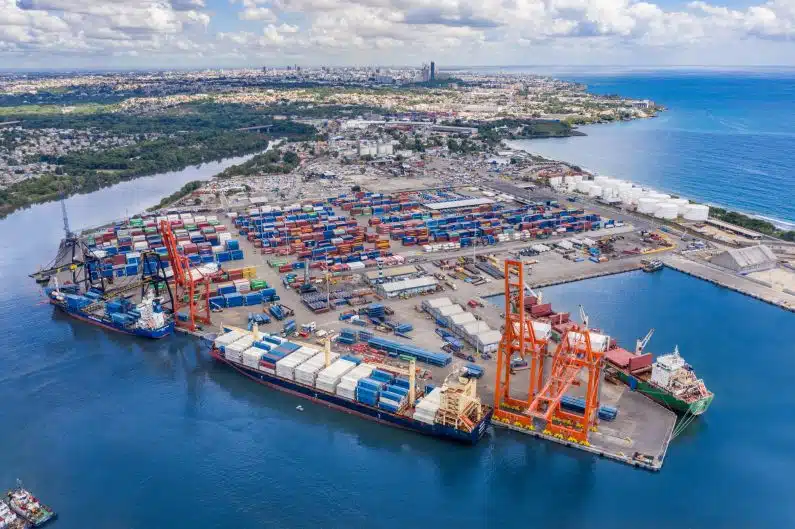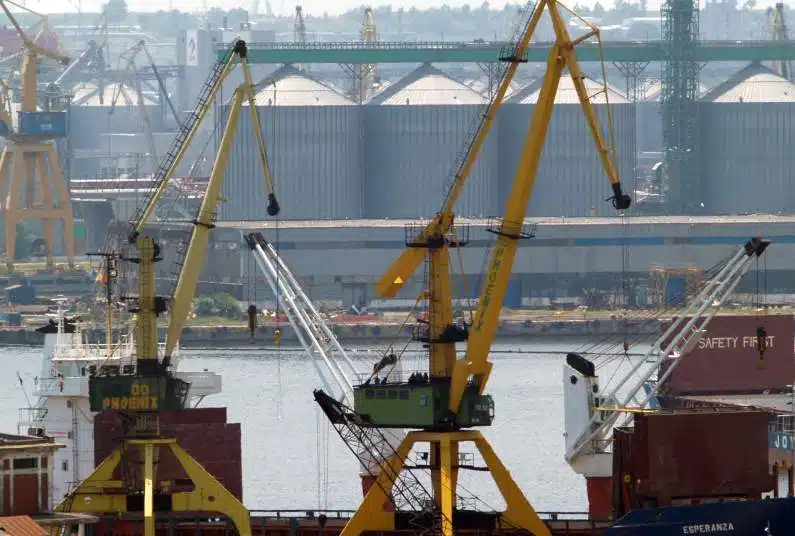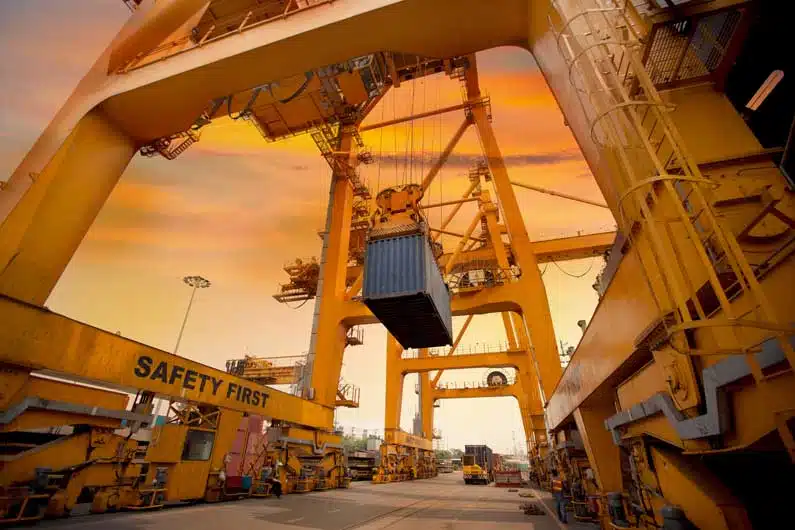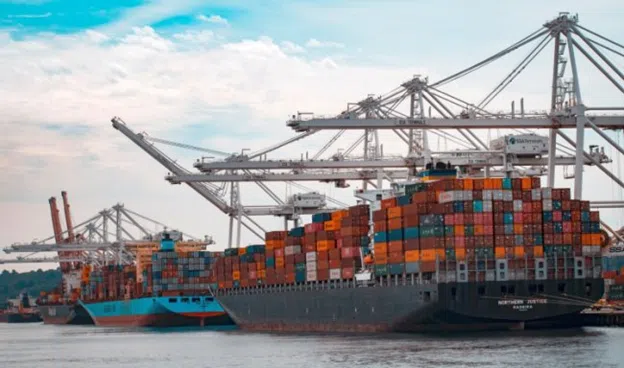Cranes are the lifeline of many industries, including construction, shipping, and manufacturing. These powerful machines are instrumental in tasks that require lifting and moving heavy items. Yet, their size and weight make their transportation a significant challenge. This article aims to demystify the process of shipping cranes across the US and overseas, offering insights and strategies to ensure a seamless transport experience.
Understanding the Crane Shipping Process
Shipping cranes is no small task; it requires careful preparation and thorough understanding of the shipping process. Preparation is the first step. It involves cleaning, securing loose parts, and conducting a thorough check to ensure the crane is ready for transport.
The shipping method—road, rail, sea, or air—is chosen based on several factors, including distance, time, cost, and regulatory requirements. Each of these factors must be carefully considered to ensure that the shipping decision aligns with your needs and preferences.
Domestic Shipping of Cranes
Shipping cranes within the US requires a clear understanding of the process and regulations involved. Whether you’re shipping within the same state or across the country, you must be familiar with domestic transport regulations. Safety is a paramount concern, and each state might have its unique rules for heavy equipment transport.
To bring these considerations to life, we could delve into a case study that walks you through a successful domestic crane shipment. This will provide a practical perspective on the intricacies of the process and offer insights on achieving a smooth shipping experience.
The subsequent sections of the article would elaborate on international shipping of cranes, choosing a reliable shipping company, best practices to follow, and tackling common challenges. The article would conclude with a call to action, encouraging readers to reach out for professional support for their crane shipping needs.
International Shipping of Cranes
When it comes to shipping cranes overseas, the stakes are higher and the regulations more complex. An understanding of international shipping procedures and customs requirements becomes critical. Every detail, from documentation to compliance with the destination country’s equipment standards, plays a crucial role in ensuring a successful shipment. A case study can further elucidate this process, demonstrating how each facet contributes to the overall shipping experience.
Selecting a Trustworthy Shipping Company
The importance of selecting a reputable shipping company cannot be understated. This choice can significantly influence the success of your shipping endeavor. Criteria for selection should include the company’s experience with shipping heavy equipment like cranes, their reliability, the range of services they offer, and their insurance provisions.
A strong track record in handling domestic and international shipping regulations can serve as a testament to their expertise.
Best Practices for Shipping Cranes
To ensure a smooth shipping process, adherence to certain best practices is advised. These could range from adequate dismantling and packing of the crane to save on shipping space, to maintaining comprehensive documentation for a smooth customs process. Also, being prepared for potential challenges such as inclement weather conditions, equipment breakdown, or logistical bottlenecks is equally important.
Sharing expert advice on managing these challenges can make the shipping experience far less daunting.
The rest of the article will recap the key points and reiterate the importance of careful planning and execution in crane shipping. Finally, the call to action will urge readers to take advantage of professional help for their crane shipping needs, thereby ensuring a smooth and successful transport experience.
Conclusion
To conclude, shipping cranes across the US or overseas is an intricate task. However, with a clear understanding of the process and all its components, it becomes manageable and less daunting. Key aspects such as the type of transport, knowledge of regulations, and selecting a reliable shipping company can significantly determine the success of the shipping process.
Remember, careful planning and proactive management of potential challenges can take you a long way in ensuring a smooth shipping experience. With the right knowledge and support, the process of shipping these heavy-duty machines can transform from a daunting task to a rewarding experience.
Get in Touch
Are you ready to embark on your crane shipping journey? Don’t tackle this alone. Trust the experts who can guide you through every step, ensuring a seamless experience. Get in touch with us today for all your crane shipping needs.
We are here to help you navigate through the complexities and celebrate the successes of shipping your equipment, no matter the destination. Whether it’s a cross-state journey or an international venture, we are committed to ensuring the safe, efficient, and timely transport of your crane.
Reach out to us now and let us steer you towards a successful crane shipping experience. With our expertise and your trust, we can conquer any challenges that lie ahead and ship your cranes worldwide to destinations like Mexico, Canada, Belgium, France the Netherlands, Germany, the African continent and most of Asia and Australia.

